Timeline
1824 - 1830
THE RUG CULTURE
P-A Demy and his wife, simple traders, opened the "Maison de la Bergerie" in the Saint-Germain des Prés quarter of Paris. The boutique was specialized in rugs, becoming an agent for several French manufacturers of mats, Aubusson and Savonnerie carpets, or velvet and pincushion carpets and household carpeting, enabling the couple to acquire vast knowledge.
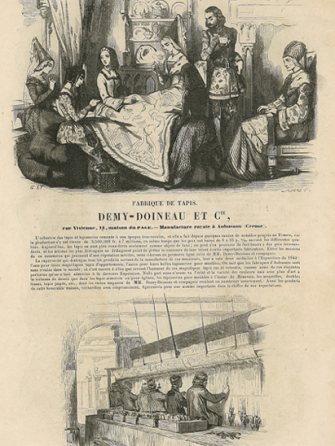
1842
THE BRAQUENIÉ BROTHERS
The couple's ambition continued to grow. They recruited the two Braquenié brothers, the sons of one of the foremen at Piat & Lefebvre, the famous carpet mill in Tournai. They brought along their artistic experience and their business contacts. The business prospered, and the Demys moved their shop to a larger space at 16 rue Vivienne, Paris.
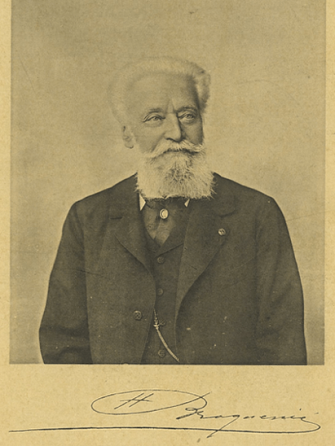
1843
THE START OF PRODUCTION
The couple and the two brothers became entrepreneurs. They acquired a first workshop in Aubusson, whose production of exclusive models was crowned with a bronze medal at the Exhibition of Products of French Industry.
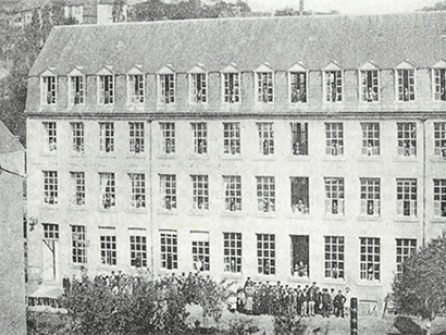
1845
AN ENRICHED HERITAGE COLLECTION
After the closing of the Oberkampf Manufacture in Jouy-en-Josas, a large auction was held. The associates bought many textile documents and printing equipment, which explains the large amount of toiles de Jouy in the collection today.
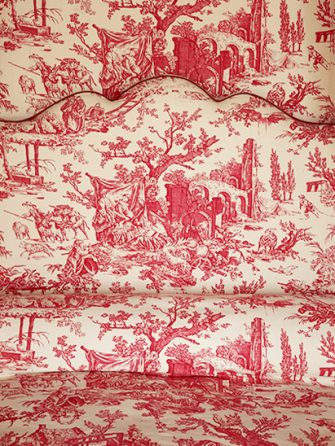
1858
THE REKNOWNED ERA
Business prospered under the company name "Braquenié frères". All of Paris went to Braquenié. The order books looked more like a who's who of high society.
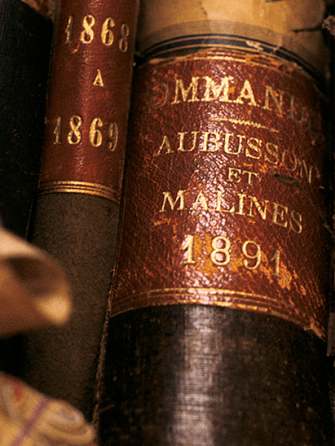
1868 - 1869
FAME AND DEVELOPMENT
Napoleon III went through Ternisien, the upholsterer, to place an order with Braquenié for the decoration of one of his trains. From then on, "16 rue Vivienne" became the place to go for all the aristocracy of the Second Empire. At the same time, the House continued to invest and set up a new weaving mill in Mechelen.
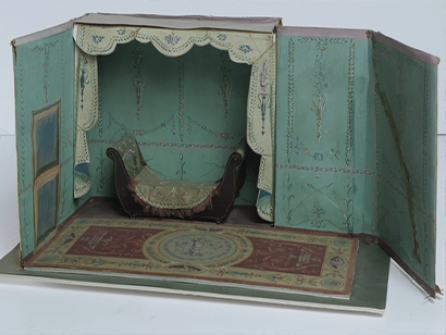
1875
MANUFACTURE ROYALE
On June 28, 1875, Braquenié was granted the title of Manufacture Royale by King Leopold II of Belgium. The company changed its name to "Braquenié et Cie". The quality of the products woven at Aubusson and Mechelen was definitively recognized and Braquenié became a legend.
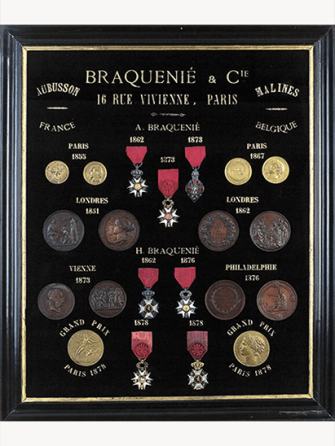
1991
A NEW CHAPTER IN THE HOUSE'S HISTORY
Braquenié remained in the hands of the same family until 1991, when the Frey family acquired it. It has remained faithful to the principles that made Braquenié such a success - know-how, quality and French taste.





